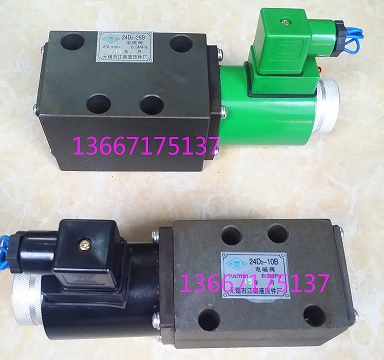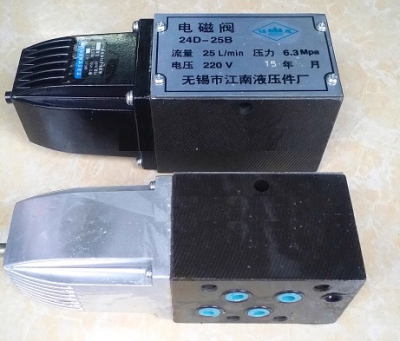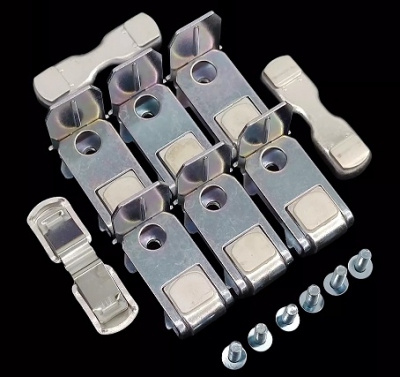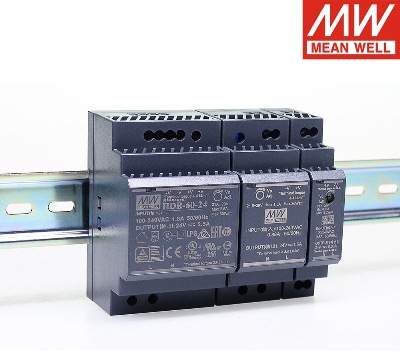- Bộ lập trình PLC, cáp lập trình
- Màn hình HMI
- Cảm biến, phụ kiện
- Biến tần, khởi động mềm
- Máy cắt, Aptomat, khởi động từ
- Thiết bị đo lường, bảo vệ
- Thiết bị công nghiệp, tự động hóa
- Thủy lực, khí nén, van công nghiệp
- Motor, Servo motor, Servo Amplifier
- Thyristor, Module, SCR, SSR, Diode
- Phụ kiện tủ điện và vỏ tủ điện
- Cáp điện, ống bảo vệ cáp
- Thiết bị điện trung thế, truyền tải
- Thiết bị chống sét, kim thu sét
- Dụng cụ cầm tay, dụng cụ tool
- ATS, UPS, tụ bù, cuộn kháng
-
Thiết bị ngành xi măng, thép, nhiệt điện
-
Thiết bị vật tư điện nhẹ-viễn thông
Van điện từ, solenoid valve 23D2-10 23D2-10B 23D2-10BP 23D2-10BH 23D2-10BY 23D2-10BK 23D2-10BM
Tình trạng sản phẩm:
The fluid flow reversal of hydraulic transmission is mostly controlled by electrical control. The solenoid slide valve is a component that connects the electrical control system and the hydraulic system. The electrical signal sent by the electrical control system acts through the electromagnet, causing the electromagnetic slide valve to move to realize the reversal of the hydraulic oil circuit. In order to achieve various actions of hydraulic machinery.
Solenoid reversing valves are divided into AC and DC according to different power sources. The AC solenoid valve voltage is 220 volts and 380 volts, the frequency is 50 and 60 Hz, and the DC solenoid valve voltage is 24 volts or 110 volts. The commutation frequency is no more than 30 times per minute. pay. DC solenoid valves only have different electromagnets and push rods, but the structure and principle of the valve body are the same.
The wet solenoid directional valve is an improved version of the dry valve. Pressure oil is passed between the armatures of the wet solenoid and the intermediate dynamic seal is eliminated. Compared with dry valves, they have longer service life, reliable performance and no oil leakage. (The AC wet type listed in this catalog is an AC self-regulating type with a rectifier device on the electromagnet)
Note: P is the oil inlet, A and B are the oil outlets, O. O1 and O2 are oil return ports, and L is the oil drain port
Solenoid reversing valves are divided into AC and DC according to different power sources. The AC solenoid valve voltage is 220 volts and 380 volts, the frequency is 50 and 60 Hz, and the DC solenoid valve voltage is 24 volts or 110 volts. The commutation frequency is no more than 30 times per minute. pay. DC solenoid valves only have different electromagnets and push rods, but the structure and principle of the valve body are the same.
The wet solenoid directional valve is an improved version of the dry valve. Pressure oil is passed between the armatures of the wet solenoid and the intermediate dynamic seal is eliminated. Compared with dry valves, they have longer service life, reliable performance and no oil leakage. (The AC wet type listed in this catalog is an AC self-regulating type with a rectifier device on the electromagnet)
Note: P is the oil inlet, A and B are the oil outlets, O. O1 and O2 are oil return ports, and L is the oil drain port
-

- Van điện từ AOPON 304302K.03.01(220V) 304302K.03.02 (24V) 304302K.04.01T(220V) 304302K.04.02T(24V) 304302.3/2.01T(220V) 304302.3/2.02T(24V) 304302.2/3.01HZ (220V) 304302.2/ Liên hệ
-
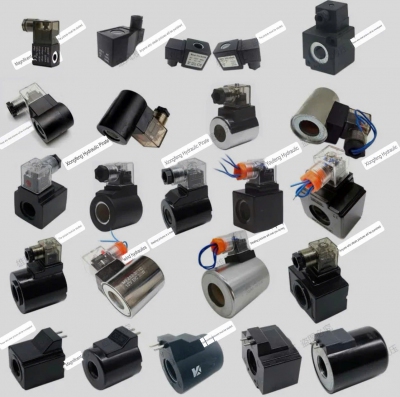
- Cuộn hút van điện từ đường kính lỗ lỗ 13mm 14mm 16mm 19mm 20mm 23mm 26mm 31.5mm, điện áp cuộn hút 12VDC, 24VDC, 110VAC 220VAC, loại chân đứng chân kim 10mm, 17mm Liên hệ
-

- Van thủy lực Jiangnan hydraulic solenoid valve reversing valve 24D-10B 24D-25B 24D-63B 24E-10B 24E-25B 24E-63B 24D2-10B 24D2-25B 24D2-63B 24E1-10B 24E1-25B 24E1-63B 24E2-10B 24E2-25B 24E2-63B Liên hệ
-
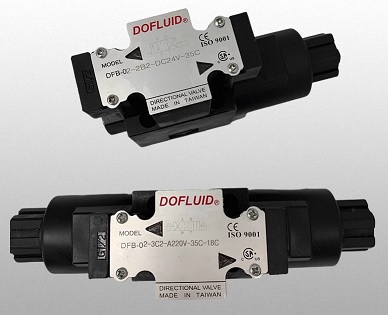
- Van thủy lực DOFLUID solenoid valve DFB-02-3C2-DC24V-35C DFB-02-3C2-A220V-35C DFB-02-3C4-DC24V-35C DFB-02-3C4-A220V-35C DFB-02-2B2-DC24V-35C DFB-02-2B2-A220V-35C DFB-02-3C60-DC24V-35C DFB-02-3C60-A220V-35C DFB-02-2D2-DC24V-35C DFB-02-2D2-A220V-35C Liên hệ
-
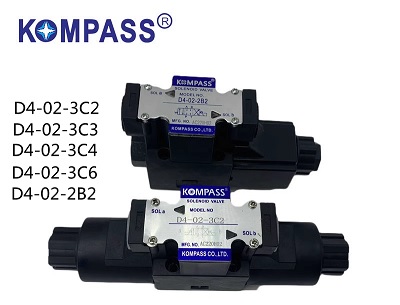
- Van thủy lực KOMPASS D4-02-2B2 3C2 3C60 3C3 solenoid valve D5-G03-3C4 D4-02-2B2 D4-02-3C2 D4-02-3C4 D4-02-3C3 D4-02-3C5 D4-02-3C6 D4-02-2B3B Liên hệ
-
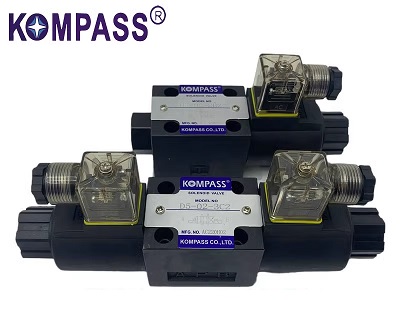
- Van thủy lực D5-02-3C4/3C2/3C3/3C6/2D2 KOMPASS solenoid valve D5-02-3C2 D5-02-3C4 D5-02-3C3 D5-02-3C6 D5-02-3C5 D5-02-2D2 D5-02-2B2 Liên hệ
-
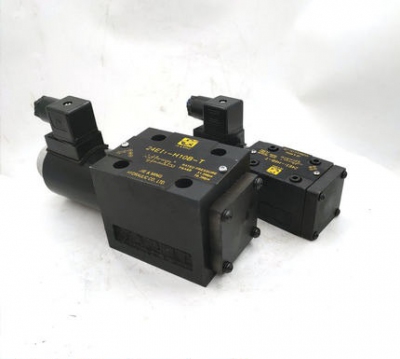
- Van điện từ XIN&TAI 34EO-H1OB-T 24V 34B0-H10B-T 220V 34EY-H10B-T 24V 34BY-H10B-T 220V 34EM-H10B-T 34BM-H10B-T 34E0-B10H-T8MM 34B0-B10H-T 8MM 34EO-B10H-T 10MM 34B0-B10H-T 10MM 34EY-B10H-T 8MM 34BY-B10H-T 10MM 34EH-B10H-H 8MM 34BH-B10H-T 10MM Liên hệ
-
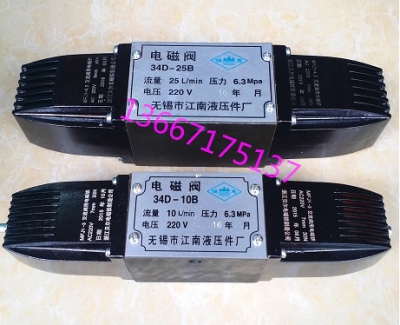
- Van điện từ, solenoid valve 34D-63 34D-63B 34D-63BP 34D-63BH 34D-63BK 34D-63BY 34D-63BM 34D-63BJ Liên hệ
-
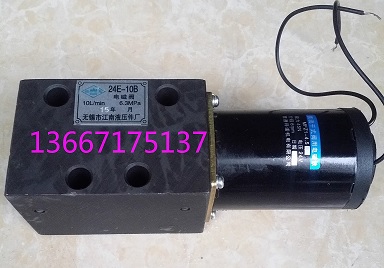
- Van điện từ, solenoid valve 25E1-25 25E1-25B 25E1-25BH 25E1-25BP 25E1-25BY 25E1-25BK 25E1-25BM Liên hệ
-
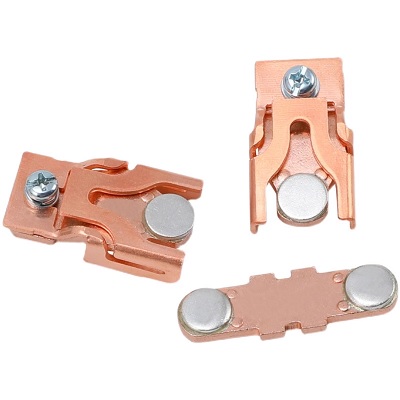
- Tiếp điểm Switching capacitor contactor contact CJ19-43CJ19-63CJ19-95CJ19-115CJ19-150CJ19-170 Liên hệ
-
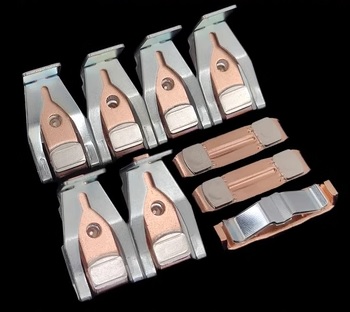
- Tiếp điểm khởi động từ Chint NC2-115-150-185-225-265-330-400-500-630 contact NC2 contactor contact Liên hệ
-
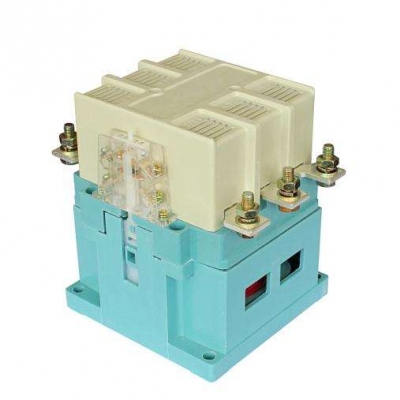
- Công tắc tơ, khởi động từ, AC contactor Shanghai People's Electric CJ20-40ACJ20-63ACJ20-100ACJ20-160ACJ20-250ACJ20-400ACJ20-630ACJ20-800ACJ20-1000A Liên hệ
TÂN THÀNH CAM KẾT
- Sản phẩm, hàng hóa chính hãng.
- Giá cả cạnh tranh.
- Dịch vụ chăm sóc khách hàng tận tâm.
Thông Tin Công Ty
Chính sách và quy định
Hỗ trợ khách hàng
THÔNG TIN LIÊN HỆ:
-------------------------------
CÔNG TY TNHH THIẾT BỊ CÔNG NGHIỆP TTH
Trụ sở: số 124 ngõ 79 Yên Hoà-Cầu giấy-HN
Kinh doanh 1 : 0816.861.515
Kinh doanh 2 : 0836.861.515
Email: tthkinhdoanh@gmail.com
Email: tthkinhdoanh01@gmail.com

